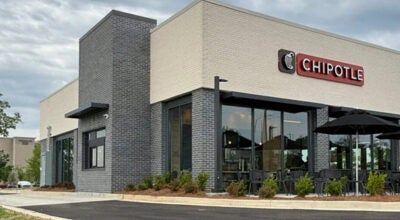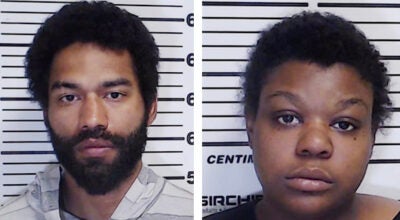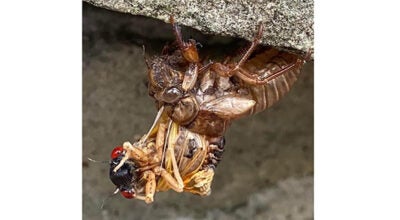Much larger problem than NIL lurking in the shadows, Mississippi professor cautions
Published 8:59 pm Wednesday, March 6, 2024

- (Stock photo)
The issue of student-athletes being compensated for their name, image and likeness has been in the spotlight lately, but a larger issue is waiting in the shadows, warns University of Mississippi law professor William Berry in a recent article.
While the sports world has focused on NIL, many college players have begun arguing that they are not just students but also employees of their universities. The distinction could have huge implications for college athletics, Berry wrote in his recent article in the Vanderbilt Journal of Entertainment and Technology Law.
“The conversation publicly has been focused on NIL,” said the associate dean for research and Montague Professor of Law. “That is ignoring the bigger issue.”
Much of college athletics revenue comes from advertisers on televised sports such as football and basketball. The football money goes to the athletic conferences, such as the Southeastern Conference. The basketball money goes to the National Collegiate Athletic Association, which oversees athletics programs at 1,100 colleges and universities.
All three divisions of NCAA sports generated $18.9 billion in 2019, the most recent year for which the organization has provided data. Of 2019’s earnings, Division I sports generated $15.8 billion.
“Most of that money goes to the universities,” he said. “Traditionally, none of that money goes to academics. It goes to athletics and covers the cost of room, board, books, coaching – all kinds of things for athletics.”
Two sports – football and basketball – are responsible for most of these earnings and carry nonrevenue-generating sports such as golf, soccer, tennis and even baseball, the Ole Miss professor said.
“There are two existential threats to that money: antitrust litigation and student-athletes becoming employees,” he said.
The National Labor Relations Board ruled Feb. 5 that Dartmouth’s student-athletes are employees of the university. On Tuesday (March 5), the New Hampshire college’s basketball team became the first student-athlete group in the nation to unionize.
This ruling opens not only the students’ ability to unionize but makes them subject to the Fair Labor Standards Act, which would require them to be paid a minimum wage, given overtime pay and be offered health care and pension benefits, Berry said.
“There’s a whole panoply employment law regulations that would presumably now apply to student-athletes,” he said.
Many institutions cannot afford to pay athletes like employees, especially players from nonrevenue sports, Berry said. Although Title IX would protect some women’s sports to an extent, this could lead to many well-loved, nonrevenue sports being relegated to club status.
Alternatively, universities could elect to privatize some sports, which might make Title IX inapplicable.
The second issue facing college athletics is the allegation that the NCAA’s amateurism rules violate antitrust law, said Berry, who has been writing about the changing nature of amateurism since 2016.
To compete in college athletics, players must acquire an NCAA-mandated amateurism certificate, which means they are not allowed to be paid for their performances.
Several lawsuits, including House v. NCAA, seek billions in damages for thousands of players on the premise that the NCAA’s amateurism rules violate antitrust law, which bars exclusive contracts that impair competition or restrict trade.
Antitrust challenges have even extended to the NCAA’s ability to enforce their NIL rules. A federal district court recently enjoined the NCAA from enforcing these rules against the University of Tennessee in an ongoing case.
“My thought is, these are the bigger issues in the background of NIL conversations,” Berry said. “I don’t think people are as focused on these questions, but they need to be.”





